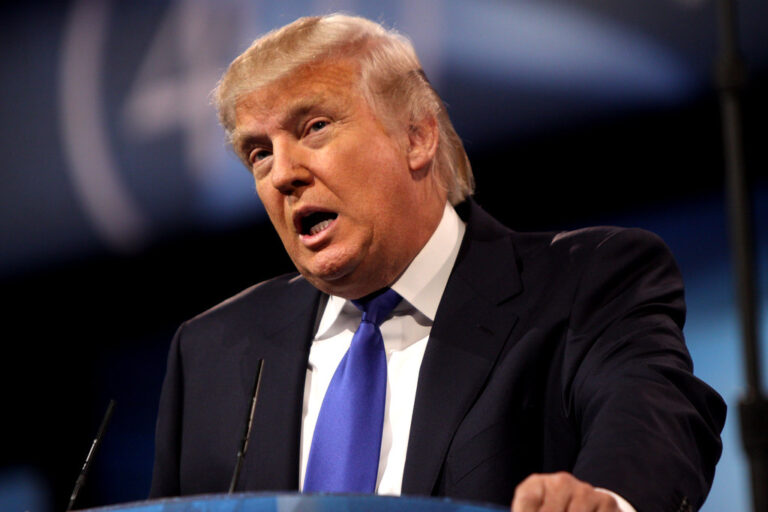Key Takeaways:
- National security analyst Michael Feinberg sharply criticized DOJ officials for not speaking out against the president.
- Feinberg named Lisa Monaco and Christopher Wray as examples of top leaders who remain silent.
- He argued their silence harms lower-level agents and prosecutors who feel abandoned.
- Feinberg urged former DOJ officials to use their freedom and influence to defend their teams.
Why DOJ Officials Stay Silent
A heated discussion erupted on MSNBC when former FBI agent Michael Feinberg called out DOJ officials for staying quiet about President Trump. Feinberg said that every leader at the Justice Department and the FBI swore an oath to protect the Constitution. Yet many of these leaders “stuck their necks in a noose of silence,” he told host Nicolle Wallace. He even named former Justice Department official Lisa Monaco and ex-FBI Director Christopher Wray to make his point clear.
First, Feinberg said silence from high-ranking DOJ officials is “morally indefensible.” He stressed that these leaders could afford the risk. After all, many of them earned millions as lawyers before government service. By contrast, he noted, lower-level prosecutors who spoke out now face ruined careers and stress at home. Therefore, he argued, the leaders who have options should speak up for those who do not.
Pressure Grows on DOJ Officials
Moreover, criticism has spread beyond the studio. New York Times reporter Glenn Thrush agreed that silence may shield leaders from direct attacks. However, Nicolle Wallace pointed out that even quiet DOJ officials face threats. She said the risk is already real for anyone who opposes the president publicly. Despite that, Feinberg insisted leaders must act when they can.
In fact, he described conversations with “a lot of agents.” He said many told him they felt abandoned by senior executives. They believed those leaders promised to protect them in tough times. Instead, agents feel betrayed and confused. Consequently, morale is sinking in field offices and courtrooms across the country.
The Fallout for Agents and Prosecutors
Lower-level staff suffer most, according to Feinberg. He mentioned two prosecutors now likely without jobs. They remain loyal to the rule of law, yet feared speaking out. Meanwhile, top DOJ officials remain silent, which suggests they value their own safety more. As a result, agents and prosecutors feel trapped. They worry about mortgages and family needs, yet lack a platform to defend themselves.
Feinberg said, “Their lives are being ruined.” He warned that public trust in the Justice Department could collapse if the silence continues. In turn, this loss of trust would weaken the institution meant to uphold justice.
A Call to Action for Former DOJ Officials
Finally, Feinberg urged former DOJ officials to act. He said they have resources and influence. For instance, Lisa Monaco could risk little by speaking up. Yet her silence sends a message that career concerns trump moral duty. Feinberg challenged her and others to use their platforms to support vulnerable colleagues.
In addition, he urged these leaders to break the cycle of silence. He argued that small acts of courage can inspire a wave of truthtelling. That, he believes, would rebuild trust across the department.
Conclusion
The MSNBC panel highlighted a growing debate over the role of former leaders in safeguarding institutional integrity. Michael Feinberg’s bold call shines a light on the tension between personal risk and public duty. As pressure mounts, DOJ officials face a choice: remain silent or step forward to defend the Constitution and their colleagues.
FAQs
What did Michael Feinberg criticize about DOJ officials?
Feinberg criticized top DOJ officials for refusing to speak out against President Trump. He argued their silence hurts lower-level agents and prosecutors.
Who did Feinberg name during the MSNBC discussion?
Feinberg named former Justice Department official Lisa Monaco and ex-FBI Director Christopher Wray as examples of leaders who stayed silent.
Why do some DOJ officials stay silent?
Many fear professional backlash and want to protect their reputations. However, Feinberg said those with financial security should risk speaking up.
How do lower-level staff feel about the leaders’ silence?
According to Feinberg, agents and prosecutors feel abandoned and betrayed. They worry their careers and livelihoods suffer without senior support.









